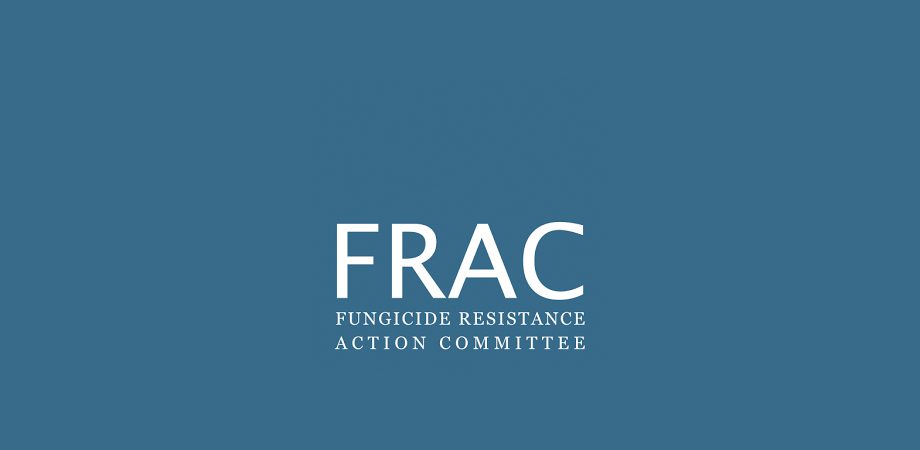Cracking the FRAC Code

Almost all diseases in turfgrass are caused by some type of fungus. Fortunately, each type of fungus can be controlled by a fungicide; or in some cases, more than one fungicide. When choosing fungicides, one needs to take into consideration the possibility of the fungus developing resistance to that particular fungicide. The development of resistance is more likely in some fungicides than others.
The Ohio State Fungicide Class Chart can be very helpful when choosing what program of fungicides can be utilized to treat diseases that are being targeted. Paying attention to FRAC codes and/or different chemical families is a must when using fungicides in a program to make sure that you do not promote resistance in your turfgrass stands.
FRAC codes are numbers and/or number + letter combinations that are assigned by the Fungicide Resistance Action Committee www.frac.info/ to group together active ingredients that demonstrate the potential for cross-resistance. Fungicides that have the same FRAC code are at risk for cross-resistance because they act upon the fungus at the same target site. Not only do you have to be cautious not to repetitively apply a high-risk for resistance fungicide, but you also need to avoid repetitively applying fungicides that are in the same FRAC code. A good example of a FRAC code group that has several different products that are classified as high in developing resistance is Group 3, which are the Sterol Inhibitors (DMI’s).
I hope that this information is helpful when planning or understanding preventative fungicide programs. Download the Ohio State Fungicide Class Chart here or visit https://turfdisease.osu.edu/fungicide-chart to download.
Please be sure to contact your ATS representative if you would like help to develop a fungicide program that fits your needs.
Ginny Smith
Sales Representative







